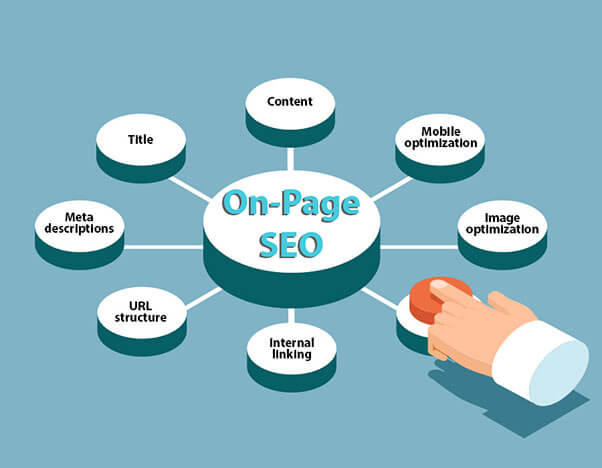
🔑 1. Keyword Research
- Primary keywords (main topic)
- Secondary/LSI keywords (related terms)
- Target keywords with high search volume and low to medium competition.
2. Optimize Title Tags
How to work in on-page SEO?
Keep it under 60 characters
Include the primary keyword as early as possible
Make it click-worthy (use numbers, power words, etc.)
3. Use Meta Descriptions
Limit to 155–160 characters
Include the primary keyword
Write compelling, action-oriented text to increase click-through
4. Use Header Tags (H1, H2, H3, etc.)
- Use H1 for the main title (only one per page)
- Use H2/H3 for subtopics
- Include keywords naturally in headin
5. Create SEO-Friendly URLs
- Keep it short, descriptive, and keyword-rich.
- Avoid unnecessary words or symbols.
Example:
❌ /products/page?id=12345
✅ /organic-green-tea
📚 6. Content Optimization
Use the main keyword in the first 100 words.
Include related (LSI) keywords.
Keep it original, useful, and well-structured.
Update regularly for freshness.
🖼️ 7. Image Optimization
- Use descriptive file names (
green-tea.jpgnotIMG_123.jpg). - Add alt text with keywords.
- Compress images for faster load times.
🔗 8. Internal Linking
- Link to related pages on your website.
- Use descriptive anchor text.
- Helps search engines and users navigate better.
📱 9. Mobile-Friendliness
Use responsive design.
Test with Google’s Mobile-Friendly Test.
⚡ 10. Page Speed Optimization
- Compress images and files.
- Minify CSS, JavaScript, and HTML.
- Use browser caching and a CDN (like Cloudflare).
🔒 11. Secure Your Site (HTTPS)
- Use an SSL certificate.
- It’s a ranking factor and builds trust.
🧠 12. Schema Markup (Structured Data)
- elps search engines understand your content better.
- Use Schema.org and tools like Google’s Rich Results Test.